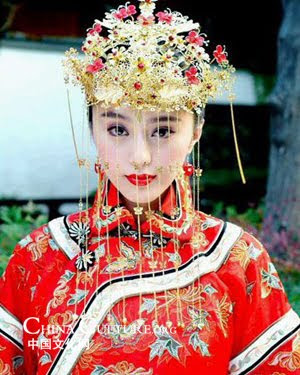
When prepare the sumptuous Thanksgiving dinner for your guests, haste makes waste is often inevitable, do not be panic! Here are some unique tips on avoid mistakes for you. Only just for your unsuspecting guests it is a bit ... ... In short, Happy Thanksgiving!
Don't panic and there's practically no Turkey day fiasco that can't be fixed. Really! You'll need: Aluminum foil, a sieve, flour or cornstarch, chicken broth, a casserole dish, cheese grater. Butter, cheese and cans of whipped cream or heavy cream for whipping. Optional: salt, soy sauce, fortified wine, port, or bourbon and chicken stock.
Tip 1.
Got to thaw your Turkey. Put it still wrapped in the sink tub and covered with cold water. Replace the water every half hour. It will take about thirty minutes per pound to thaw completely.
Advice: You did thaw the bird but forgot to put it in the oven in time for dinner? Simply cut it into pieces, rub them with oil, pan-fry until the skin is crisp and then bake them in 350 degrees for about an hour.
Tip 2.
Speed up a slow cooking bird by turning up the oven to 450 degrees but no higher. Cover with foil to avoid burning the skin. Uncover the bird ten minutes before taking it out of the oven.
Advice: Don't worry if you forgot to take giblet packet out of the turkey. Today's packaging as he proved: it won't harm the bird.
Tip 3.
Smooth the lumpy gravy by putting it into a sieve. They can too thin gravy by dissolving a teaspoon of cornstarch flour and to a few tablespoons of cold water, then slowly adding it into simmering gravy. Then thick gravy with some water or chicken broth.
Advice: Spice up bland gravy with salt, soy sauce, pepper, chicken stock and/or a dash of fortified wine port, or bourbon.
Are you be more easy to some extent? haha...Happy Thanksgiving!
* Original address of this China gift post: China Gift and Fine Arts & Crafts in China




